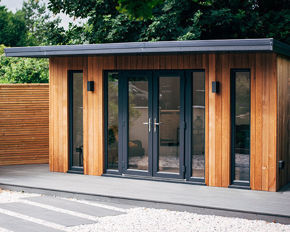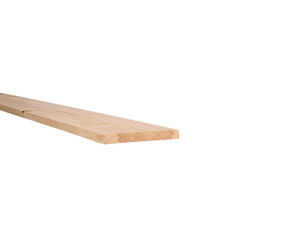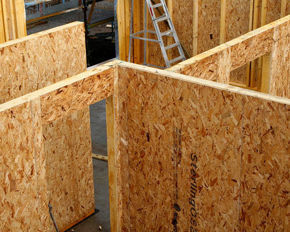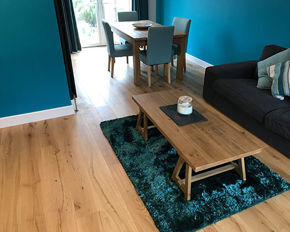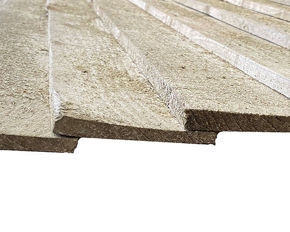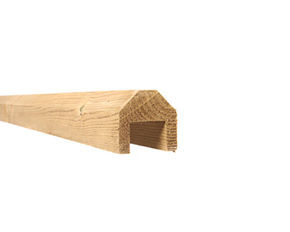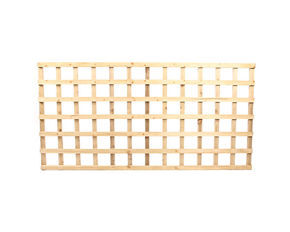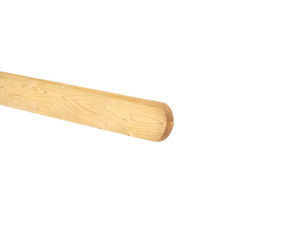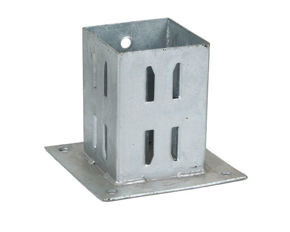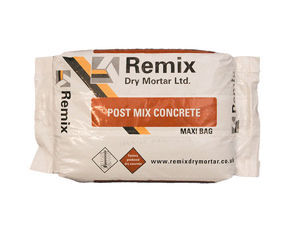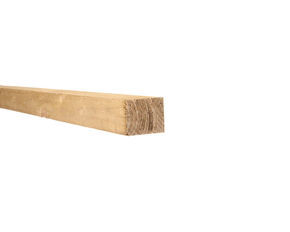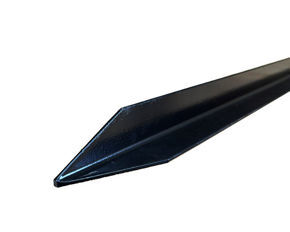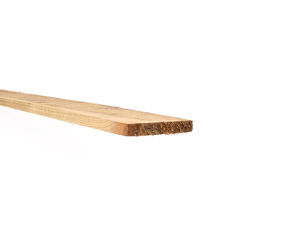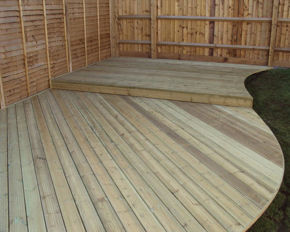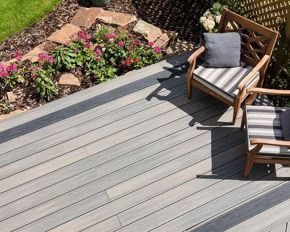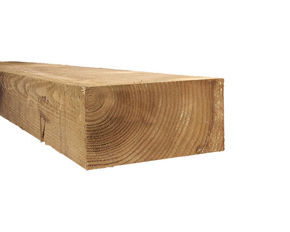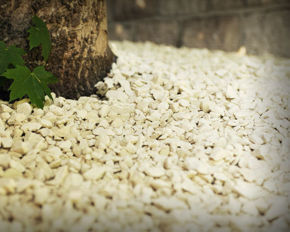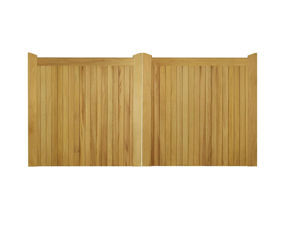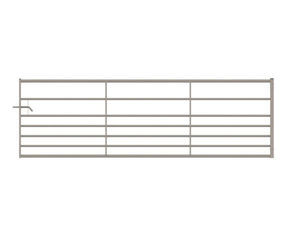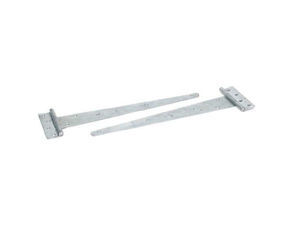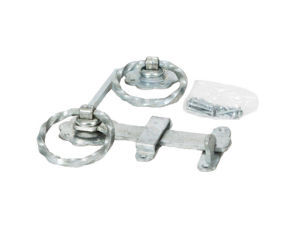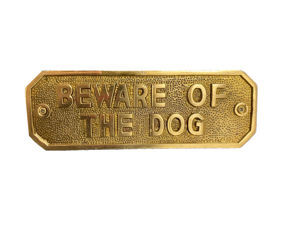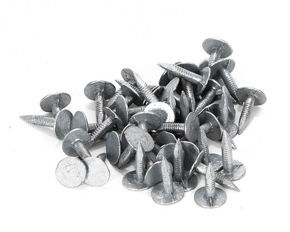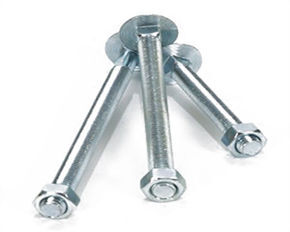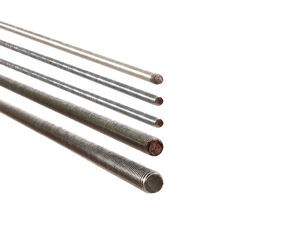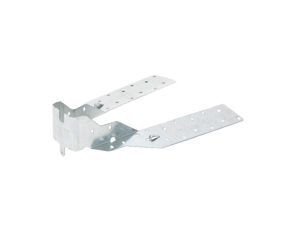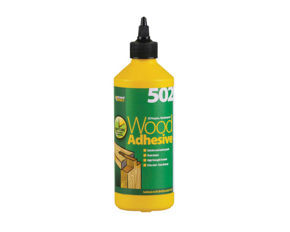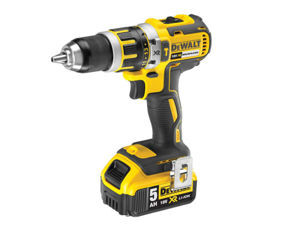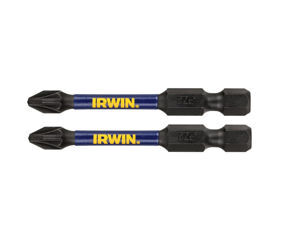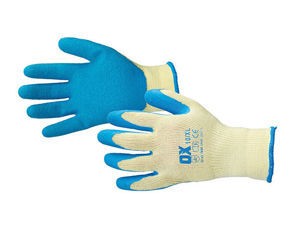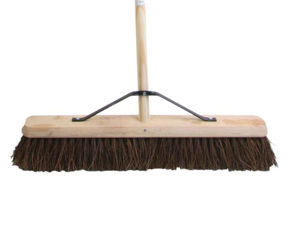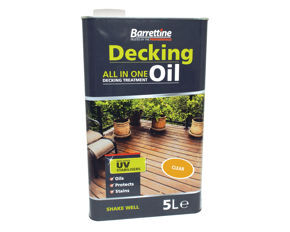As a top supplier of decking in Bristol and its surrounding areas, we know just how popular this garden addition can be. However, it can also be a costly expense. This is why we’re big on helping our customers understand how to take care of their decking to ensure it continues to look good and last.
It is important to treat your decking with stains and other timber treatments and even paint it as a further step of protection. However, over time, paint can become faded, chipped, or peeling. Removing old paint can help restore your deck's appearance and protect it from further damage. Here are some tips and tricks for removing old paint from both softwood and hardwood decking.
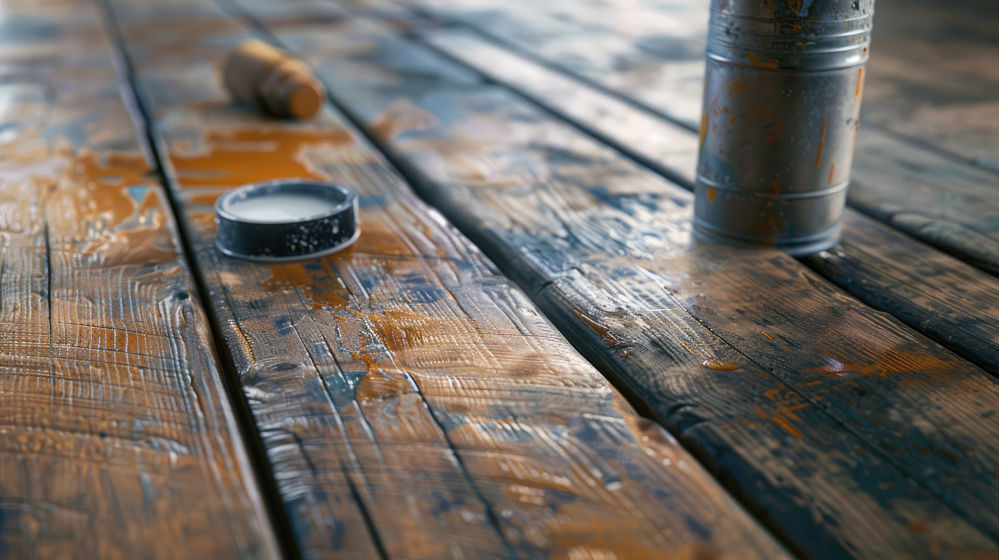
1. Assess the Paint Condition:
Determine the paint type: Is it oil-based or latex? Knowing the type will help you choose the right removal method.
Check for lead paint: If your deck is older, it might contain lead paint. Use a lead paint testing kit to determine if this is the case. If you find lead paint, follow local regulations for safe removal.
2. Prepare the Deck:
Clean the surface: Remove dirt, debris, and mildew using a pressure washer or a stiff-bristled brush and a cleaning solution.
Sand the surface: Sanding will create a rough surface for the new paint to adhere to. Use a belt sander or orbital sander for larger areas, and a hand sander for smaller areas.
3. Choose a Removal Method:
Chemical strippers: These are effective for removing stubborn paint. Follow the manufacturer's instructions carefully and wear protective gear.
Heat gun: A heat gun can soften the paint, making it easier to scrape off. Be cautious not to overheat the wood, as this can cause damage.
Mechanical methods: For tough paint, you might need to use a scraper or wire brush. This method is more labour-intensive but can be effective.
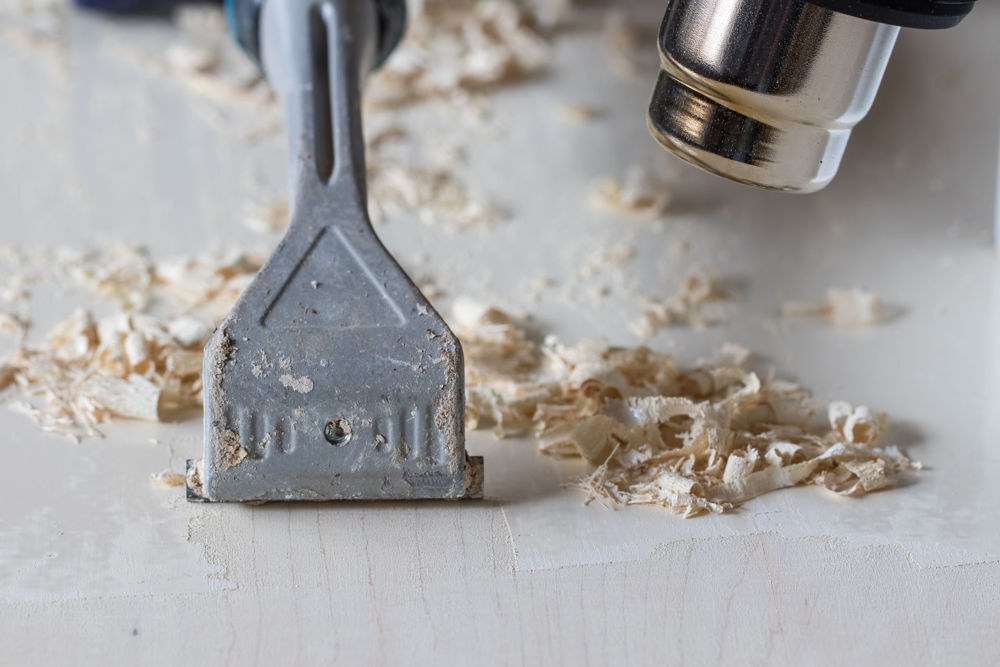

4. Apply the Removal Method:
Chemical strippers: Apply the stripper according to the manufacturer's instructions. Let it sit for the recommended time, then scrape off the softened paint.
Heat gun: Hold the heat gun over the paint until it starts to bubble. Quickly scrape off the softened paint.
Mechanical methods: Use a scraper or wire brush to remove the paint. Start with a dull tool to avoid scratching the wood.
5. Clean and Rinse:
Remove residue: After removing the paint, clean the deck with a detergent solution to remove any remaining stripper or residue.
Rinse thoroughly: Rinse the deck with clean water to remove all the detergent.
6. Sand Again:
Smooth the surface: Sand the deck again to ensure a smooth surface for the new paint.
7. Prepare for Repainting:
Prime the deck: Apply a wood primer designed for exterior use. Priming will help the new paint adhere better and last longer.
Paint the deck: Apply the desired number of coats of exterior paint. Follow the manufacturer's instructions for drying times.
If you want to add additional protection to your decking such as an anti-slip oil treatment, now would be the time. Something like the Barrettine Anti-Slip Decking Oil can help resist flaking or cracking in the paint with excellent water beading, ensuring the hard work you have put in will last that little bit longer.


Additional Tips:
Work in small sections: To avoid the stripper or paint drying too quickly, work in small sections at a time.
Wear protective gear: Always wear gloves, eye protection, and a mask when working with chemicals or sanding.
Dispose of chemicals properly: Follow local regulations for disposing of chemical strippers and other hazardous materials.
By following these steps, you can effectively remove old paint from your deck and prepare it for a fresh coat. A well-maintained deck will not only look great but will also last longer. Be sure to use additional decking treatments suitable for your hardwood or softwood decking.
If you’re someone who prefers to be less hands-on, why not opt for composite decking? It requires less maintenance than timber decking options and can be kept looking fresh with a good clean every six months. Take a look at our blog on the benefits of composite decking to help you make your decision.




